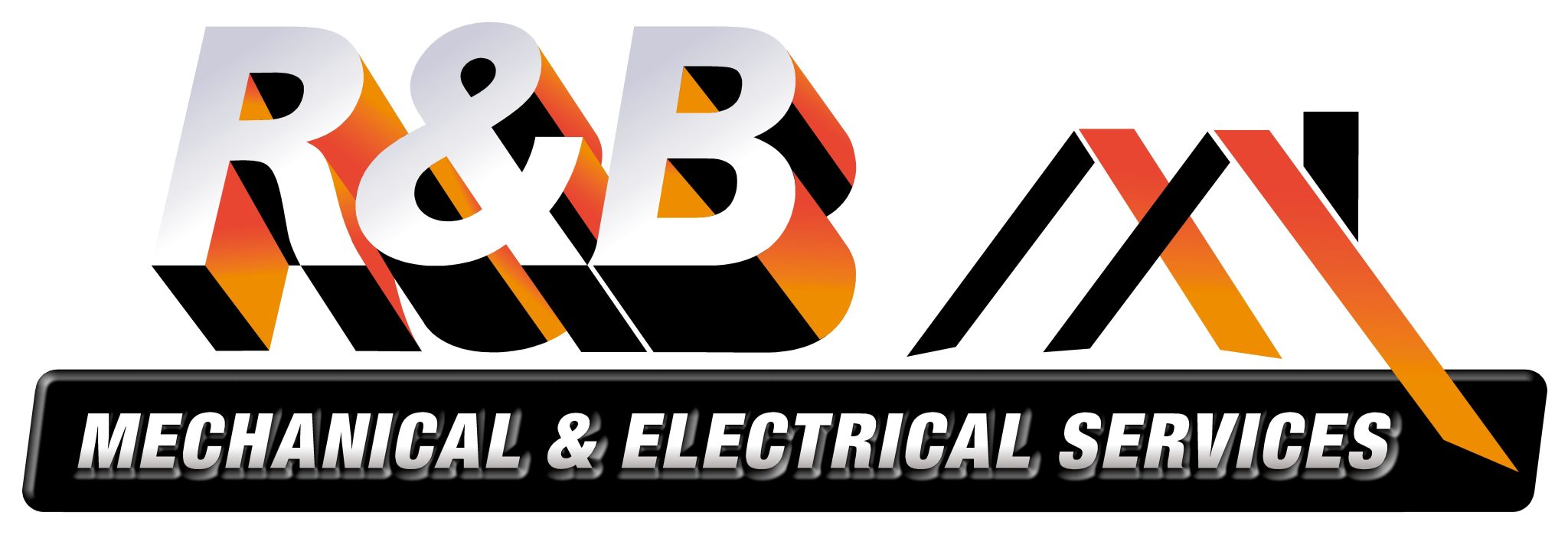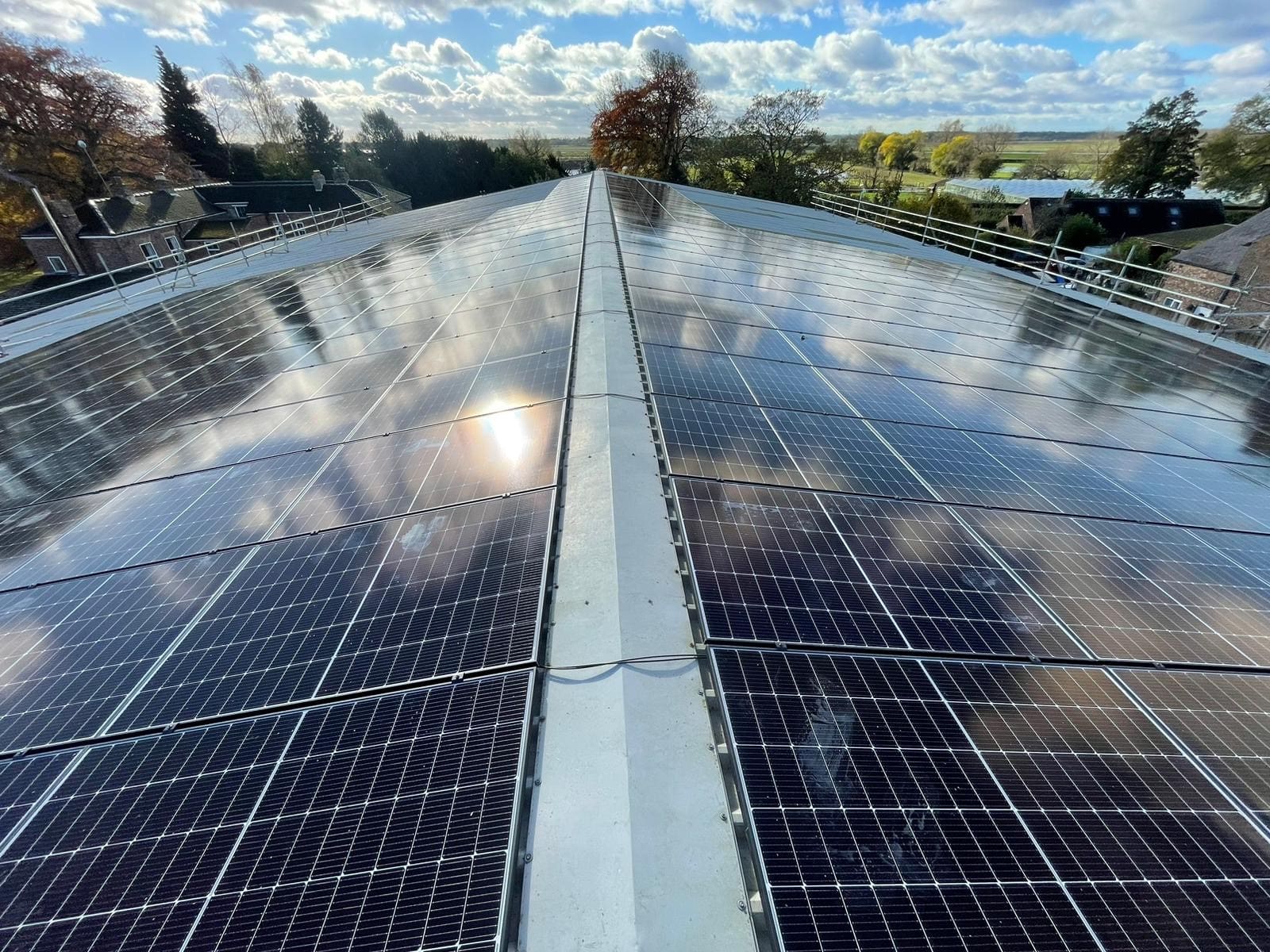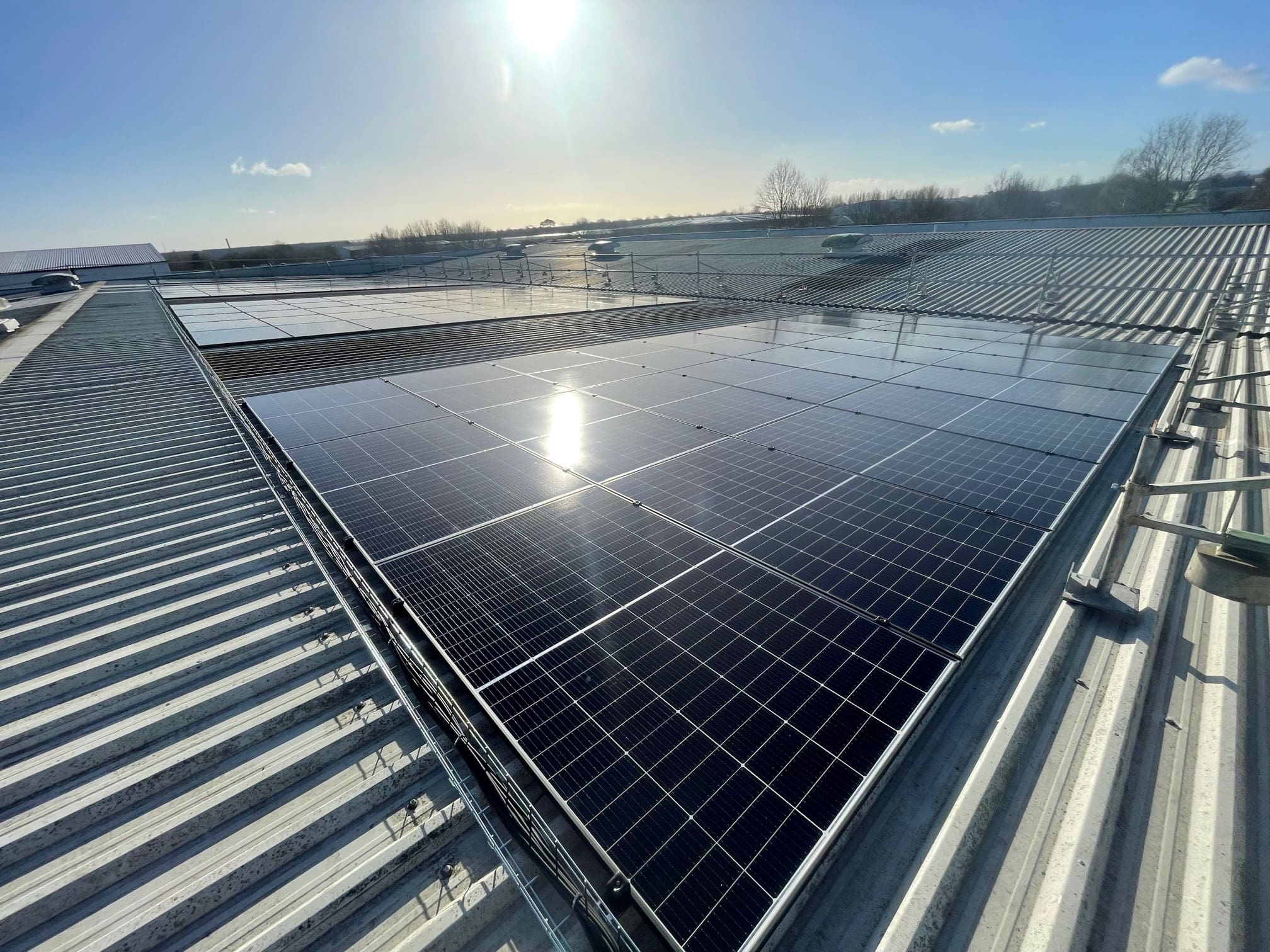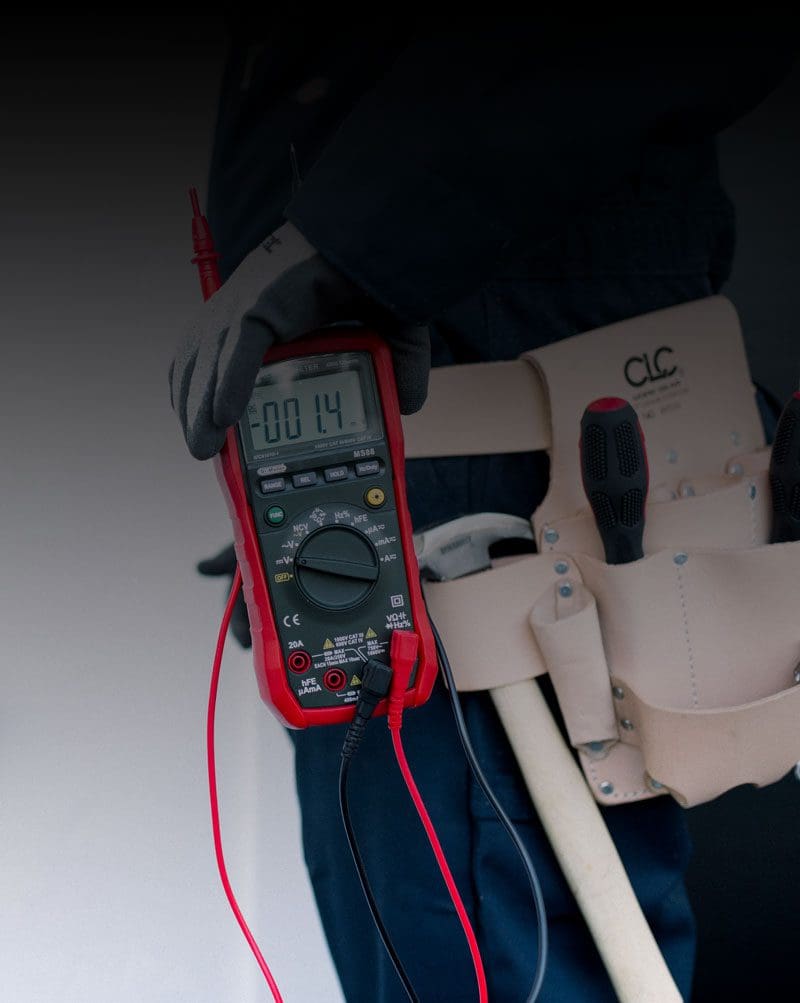Could a UK Manufacturer
Achieve Energy Self-Reliance with Commercial Solar Panels?
In an era of volatile energy prices and increasing environmental consciousness, the allure of energy self-reliance is growing for businesses across the UK. For Small and Medium-sized Enterprise (SME) manufacturers with substantial roof space, commercial solar panel installations present a compelling pathway to reducing operational costs, enhancing sustainability, and securing a more predictable energy future. But can a UK manufacturer truly become energy self-reliant using solar, and what does it take to get there?
This article delves into the feasibility of a UK SME manufacturing business achieving energy self-reliance through commercial solar panels, outlining the requirements, detailing the technical correlations, explaining the benefits of battery storage, and addressing the critical question of year-round self-sufficiency in the UK climate.
The Vision: Energy Self-Reliance for UK Manufacturing
Energy self-reliance, or becoming “off-grid” for a business, means generating all or most of its own electricity needs on-site, significantly reducing or eliminating reliance on the national grid. For a manufacturing SME, this isn’t just about going green; it’s a strategic business decision that offers:
- Cost Savings: Protection from fluctuating energy prices and a significant reduction in electricity bills over the long term.
- Energy Security: Reduced vulnerability to power outages and grid instability.
- Carbon Footprint Reduction: Demonstrating a commitment to sustainability, which can enhance brand reputation and attract environmentally conscious customers.
- Operational Control: Greater autonomy over energy consumption and supply.
Requirements and Steps to Achieve Energy Self-Reliance
Achieving energy self-reliance is a multi-step process that requires careful planning, assessment, and execution. For a UK SME manufacturer with a single production premises and a large roof area, the key steps include:
Comprehensive Energy Audit:
- Understand Current Consumption: This is the foundational step. Analyse historical electricity bills (ideally half-hourly data) to understand daily, weekly, and seasonal energy consumption patterns. Identify peak demand periods and overall energy usage.
- Identify Energy-Saving Opportunities: Before investing in solar, optimise existing energy usage. This could involve upgrading to LED lighting, improving machinery efficiency, optimising HVAC systems, and implementing smart energy management. Reducing demand first means a smaller, more cost-effective solar system.
Roof and Site Suitability Assessment:
- Available Roof Area: Accurately measure the usable roof space. Account for obstructions like skylights, vents, and HVAC units.
- Roof Condition and Structural Integrity: A professional structural engineer must assess the roof’s ability to support the weight of solar panels and associated equipment. If the roof is old or contains materials like asbestos, re-roofing or over-cladding may be necessary, which can impact project timelines and costs.
- Orientation and Tilt: South-facing roofs in the UK are ideal for maximum sunlight exposure. The optimal tilt angle for solar panels in the UK is generally between 30-40 degrees. While less ideal orientations (east/west) can still be viable, they will produce less power.
- Shading Analysis: Identify any potential shading from surrounding buildings, trees, or chimneys throughout the year. Even partial shading can significantly reduce the output of an entire string of panels.
Solar System Design and Sizing:
- Matching Demand with Generation: This is where the energy audit data is crucial. The goal is to design a system that can meet the factory’s baseline energy demand and, ideally, its peak demand.
- Panel Selection: Choose high-efficiency commercial-grade solar panels (e.g., monocrystalline, typically 18-24% efficient) to maximise power output from the available roof area.
- Inverter Selection: Inverters convert the DC electricity from panels into usable AC electricity. Consider string inverters, microinverters, or central inverters based on system size and complexity.
- Battery Storage Integration (Crucial for Self-Reliance): Design a battery storage system to capture excess solar generation for use during periods of low or no sunlight.
Financial Planning and Incentives:
- Upfront Costs: Commercial solar installations represent a significant investment. Obtain detailed quotes for panels, inverters, batteries, installation, and any necessary roof remedial work.
- Funding Options: Explore self-financing, leasing agreements, Power Purchase Agreements (PPAs), or asset financing.
- Government Support: Investigate any current UK government grants, loans, or tax incentives for renewable energy projects (e.g., Smart Export Guarantee (SEG) for selling excess electricity back to the grid). While direct large-scale grants are less common than in the past, understanding available support is vital.
Permits and Regulations:
- Planning Permission: For larger commercial installations or buildings in conservation areas, planning permission may be required. However, many installations fall under permitted development rights. A reputable installer will guide you through this process.
- Grid Connection: Even for self-reliant systems, maintaining a grid connection for backup or selling excess power is usually beneficial. This requires adherence to grid connection regulations (e.g., G99 application for larger systems).
Installation and Commissioning:
- Certified Installers: Always use MCS (Microgeneration Certification Scheme) certified installers for quality assurance and eligibility for any schemes.
- Safety Standards: Ensure all installation work complies with relevant health and safety regulations.
Monitoring and Maintenance:
- Performance Tracking: Implement a robust monitoring system to track energy production, consumption, and battery status in real-time. This helps identify any underperformance or issues promptly.
- Regular Maintenance: While solar panels require minimal maintenance, periodic cleaning and inspections of components ensure optimal efficiency and longevity.
Correlation and Calculation: Roof Area, Panels, and Power
The relationship between roof area, the number of panels, and the power derived is fundamental to designing an effective solar system.
- Standard Commercial Solar Panel Dimensions: While sizes vary, a typical commercial solar panel is approximately 1.95m×0.99m, equating to roughly 1.93m2 per panel.
- Usable Roof Area: Not all roof area is usable. Account for setbacks from edges, pathways for maintenance, and obstructions. A general rule of thumb is to deduct 10-20% for these factors.
Calculation Steps:
Calculate Usable Roof Area:
- Measure the total length and width of your roof.
- Subtract areas for obstructions and necessary spacing.
- Example: If your roof is 50m×30m=1500m2 total, and you estimate 15% unusable space: 1500m2×0.85=1275m2 usable area.
Estimate Number of Panels:
- Divide the usable roof area by the area of a single panel.
- Example (using 1.93m2 per panel): 1275m2/1.93m2/panel≈660 panels.
Calculate System Size (kWp – kilowatt-peak):
- Multiply the number of panels by the wattage (peak power output under standard test conditions) of each panel. Modern commercial panels typically range from 400W to 600W or higher.
- Example (using 450W panels): 660 panels×450W/panel=297,000W=297 kWp. This is the theoretical maximum output.
Estimate Annual Energy Output (kWh):
- This is the crucial step for self-reliance. The actual energy generated depends heavily on factors like:
- Solar Irradiance: The amount of sunlight received (lower in winter, higher in summer).
- Panel Efficiency: How well the panels convert sunlight into electricity.
- Orientation and Tilt: South-facing and optimal tilt maximise output.
- Shading: Any shading reduces output.
- Temperature: Panels are less efficient at very high temperatures.
- System Losses: Inverter efficiency, wiring losses, and dirt on panels contribute to minor losses (typically 15-20%).
- UK Annual Yield Factor (kK factor): A rough rule of thumb for the UK is that a well-optimised solar PV system will produce approximately 900-1000 kWh per kWp per year. This varies slightly by region (e.g., southern UK generally has higher kK than northern Scotland).
- Example (using a kK factor of 950 kWh/kWp/year): 297 kWp×950 kWh/kWp/year≈282,150 kWh/year.
This estimated annual kWh generation can then be compared to the manufacturing facility’s annual energy consumption (from the energy audit) to determine the potential for self-reliance.
The Indispensable Role of Battery Storage
For a manufacturer aiming for true energy self-reliance, a connected battery storage system is not just an advantage; it’s a necessity. Here’s why:
- Bridging the Generation-Demand Gap: Solar panels generate electricity when the sun shines brightest, typically mid-day. However, a manufacturing facility’s energy demand might peak in the morning or late afternoon, or even overnight if operations are continuous. Batteries store excess electricity generated during sunny periods (when demand might be lower) for use when solar generation is low or non-existent (evenings, nights, cloudy days).
- Maximising Self-Consumption: Without a battery, excess solar electricity generated but not immediately used is typically exported to the grid (under schemes like the Smart Export Guarantee – SEG). While SEG provides a small income, it’s generally far more economical to use your own generated electricity than to buy it from the grid at higher rates. Battery storage ensures you maximise the use of your free, self-generated power.
- Peak Shaving and Load Shifting: Batteries allow businesses to “shave” their peak electricity demand by discharging stored energy during periods when grid electricity prices are highest (peak hours). They can also enable “load shifting,” charging the battery when grid electricity is cheapest (off-peak tariffs) and using that stored energy during more expensive times, further reducing costs.
- Grid Independence and Resilience: In the event of a grid power cut, a well-designed solar-plus-battery system can provide essential backup power, ensuring critical manufacturing processes remain operational and minimising costly downtime. This significantly enhances energy independence and operational resilience.
- Optimised Energy Management: Advanced battery management systems, often integrated with the solar inverter, intelligently manage the flow of electricity – deciding when to charge from solar, discharge to the factory, or export/import from the grid based on real-time generation, consumption, and electricity tariffs.
Year-Round Energy Self-Reliance in the UK Climate
The UK’s climate is often perceived as a barrier to solar energy, with its reputation for cloudy skies and shorter winter days. While it’s true that solar generation is significantly lower in winter than in summer, achieving 100% year-round energy self-reliance solely from solar panels in the UK is extremely challenging for a typical manufacturing SME and often not economically viable.
Here’s a realistic breakdown:
- Seasonal Variation: UK solar output can be 5-10 times lower in December compared to June. Short daylight hours and lower sun angles drastically reduce winter generation.
- Baseline Demand: Manufacturing facilities often have a consistent baseline energy demand that runs 24/7, irrespective of daylight hours.
- Storage Limitations: While battery storage is crucial, storing enough electricity in summer to last through the entire winter, especially for a high-demand manufacturer, would require an enormous and prohibitively expensive battery bank.
Therefore, a more realistic and achievable goal for a UK manufacturer is high levels of “self-consumption” and “grid independence,” rather than absolute “off-grid” self-reliance.
What can be achieved:
- Significant Summer Self-Sufficiency: During spring, summer, and early autumn, a well-sized solar system combined with battery storage can often meet 80-100% of a manufacturer’s daily electricity needs, especially during daylight operating hours. Excess generation can be stored or sold to the grid.
- Reduced Winter Reliance: In winter, the solar system will still contribute, but a larger proportion of electricity will need to be drawn from the grid, particularly during peak demand times and overnight. The battery can still help optimise winter energy use by storing any available solar generation and discharging during peak grid price periods.
- Hybrid Approach: The most practical and cost-effective solution for UK manufacturers is a hybrid system that prioritises solar generation and battery storage, while retaining a grid connection as a reliable backup and for supplementing power during low solar periods.
Factors mitigating UK climate challenges:
-
- Diffuse Light: Solar panels still generate electricity on cloudy or overcast days, albeit at a reduced rate. They don’t require direct sunshine.
- Improving Technology: Panel efficiency continues to improve, meaning more power can be generated from smaller areas.
- Smart Energy Management: Integrating solar and battery systems with smart energy management software allows for optimisation of energy flow, maximising self-consumption and minimising grid reliance.
Conclusion: A Realistic Path to Energy Resilience
While complete, year-round energy self-reliance solely from solar panels remains a stretch for most UK manufacturers due to the climate, achieving very high levels of energy independence and significantly reducing grid reliance is highly feasible and economically attractive.
For a UK SME manufacturing business with a large roof area, investing in commercial solar panels coupled with a robust battery storage system offers a powerful solution to manage escalating energy costs, enhance operational resilience, and demonstrably contribute to a sustainable future. The journey requires meticulous planning, a thorough understanding of energy consumption, and strategic investment, but the long-term benefits in cost savings, environmental impact, and energy security make it a compelling proposition for the modern UK manufacturer. The goal should be to maximise self-generated clean energy and intelligently manage remaining grid dependency, moving confidently towards a greener, more self-sufficient operational model.
Our Services
Commercial Solar Panels
We have designed and installed high yield commercial solar panel systems for many clients. We can provide all design and payback calculations and ongoing maintenance.
Agricultural Solar Panels
We have many years experience designing and installing agricultural solar panel systems for farm businesses and saving them huge costs on electrical energy.
Residential Solar Panels
Our design and solar panel installation engineers have over a decade of experience installing and maintaining solar PV systems for residential customers across the UK
Electrical Contractors
We are NICEIC registered electrical contractors and members of the Electrical Contractors Association for all industrial, commercial and residential electrical services including testing, inspection and compliance services.
Mechanical Services
We offer M&E design, calculation, estimation and full fit-out, installation and maintenance services to commercial clients. We also provide contract maintenance and building compliance and testing services
Solar Renewables
We are MCS and RECC registered solar panel installers for all commercial and residential solar panel installations including ground arrays and roof mounted PV systems and battery storage configurations.
EV Home Chargers
We fit all makes, models and types of EV Chargers for residential customers. We are Office for Zero Emission Vehicles (OZEV) authorised installers.
EV Workplace Chargers
We can undertake all required aspects of commercial EV charging point installation, from initial design and consultation to servicing and on-going maintenance.
Gas Boiler Engineers
We are Gas Safe Registered and undertake boiler installation, servicing and all gas safety checks for landlords and residential customers.
Solar Panel Installer
Photovoltaic Systems generate no greenhouse gases, a typical domestic system can save approximately 1.2 tonnes of carbon dioxide emissions per year – adding up to almost 30 tonnes over a system’s lifetime.
Our design and solar panel installation engineers have many years experience installing solar PV systems for industrial and commercial clients.
Contact Us
Solar Panel Enquiry
Address
Keighley, West Yorkshire
BD21 4PF
UK
What3Words
What3Words:///clocks.decide.pokers
Phone
Keighley: 01535 687010 Skipton: 01756 793039




